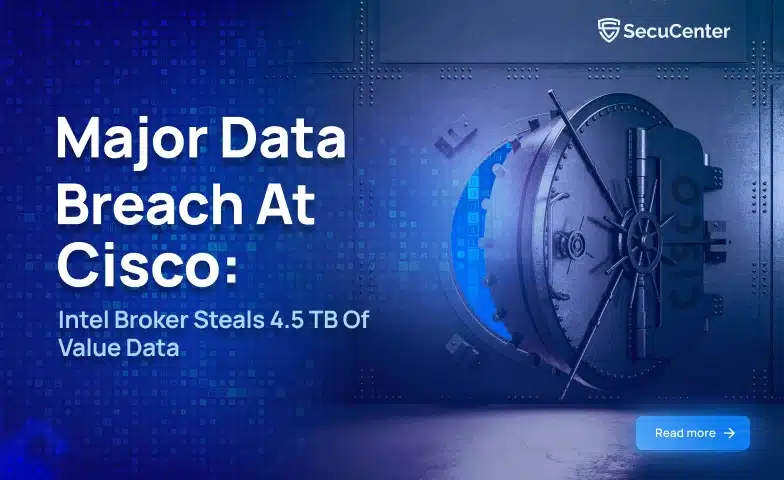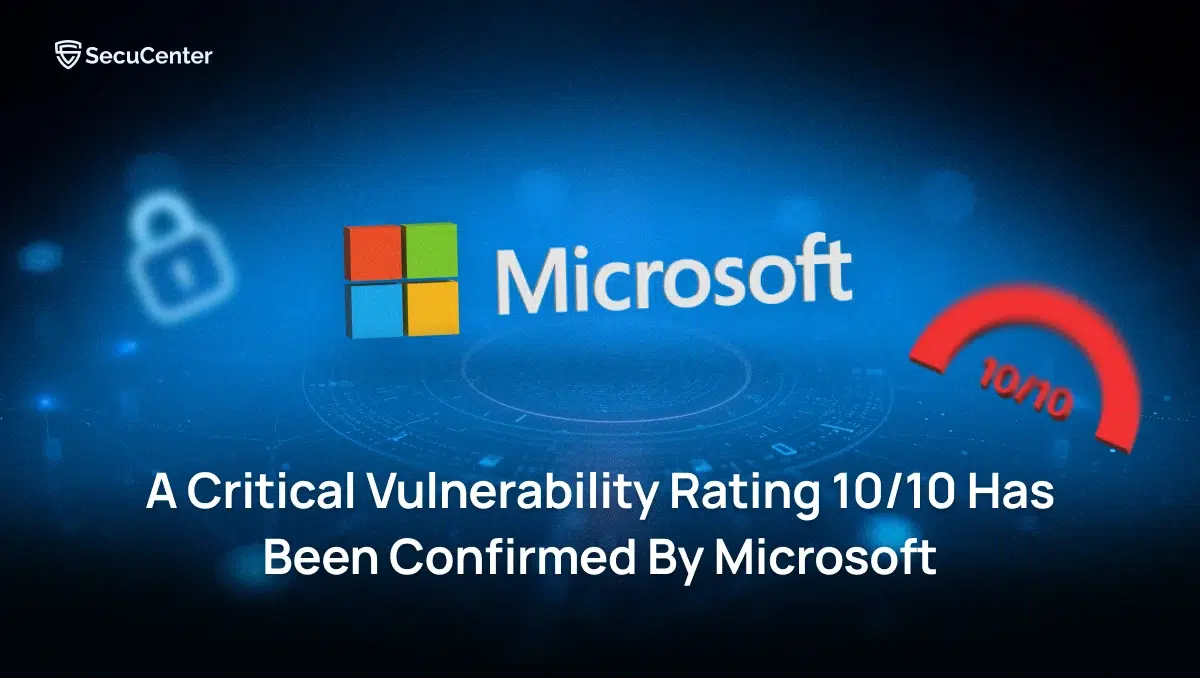Related Posts
In-House SOC vs. White Label SOC: What’s Right for Your MSP?

In today’s cyber landscape, Managed Service Providers (MSPs) face constant pressure to deliver advanced security solutions. The decision between building an in-house Security Operations Center (SOC) and partnering with a White Label SOC provider can define an MSP’s success. Both models offer unique benefits and challenges. Let’s explore which is right for your business.
Understanding the In-House SOC Model
An in-house SOC means managing your own security infrastructure, team, and technology. MSPs that choose this route maintain full control over data and operations. They design and manage every process, from threat detection to incident response.
However, running an internal SOC requires significant investment. You’ll need to hire skilled analysts, maintain tools, and ensure continuous monitoring. It offers autonomy but demands heavy resources and time.
Advantages of an In-House SOC
Building an internal SOC has its strengths. The most notable advantage is direct control. You oversee every aspect of monitoring, detection, and reporting. This visibility ensures high customization aligned with client needs.
Another benefit is data ownership. Sensitive client information stays within your environment. It builds trust, especially for clients in regulated sectors like healthcare or finance.
Lastly, team integration is seamless. Your analysts can easily collaborate with IT departments to streamline responses.
Disadvantages of an In-House SOC
Despite the control, in-house SOCs are expensive. Establishing one requires substantial capital expenditure for infrastructure, tools, and staffing. Ongoing maintenance adds further cost pressure.
The global cybersecurity talent shortage is another challenge. Hiring and retaining skilled analysts is tough and time-consuming. Training them to match the evolving threat landscape requires continuous investment.
Also, scalability becomes complex. As your client base grows, you’ll need to expand staff and resources, leading to higher overhead and slower growth.
Understanding the White Label SOC Model
A White Label SOC is a fully managed, outsourced cybersecurity service that operates under your brand. The provider handles monitoring, detection, and response on your behalf, while you deliver these services to clients as your own.
This model helps MSPs offer 24/7 security coverage without building or managing a SOC internally. It combines advanced tools, certified analysts, and proven processes — all branded as your service.
Also read: What Is a White Label SOC?
Advantages of a White Label SOC
The most obvious benefit is cost efficiency. You avoid the massive expenses of building and staffing a SOC. Instead, you pay for what you use, making it ideal for scaling.
Speed to market is another key advantage. You can launch advanced SOC services quickly without waiting months to build infrastructure. This helps you attract more clients faster.
A White Label SOC also gives access to certified security experts who continuously monitor networks. They bring global experience and use enterprise-grade tools that most MSPs can’t afford independently.
Additionally, this model supports scalability and flexibility. Whether you manage five clients or fifty, the SOC adjusts resources as needed — ensuring consistent performance.
Disadvantages of a White Label SOC
The main drawback is reduced direct control. Since operations are outsourced, some decisions depend on the provider’s processes. Clear SLAs and communication are vital to overcome this.
You may also face branding limitations if the provider’s tools or reports are not fully customizable. However, reputable partners usually offer full white-label capabilities to maintain your brand identity.
Key Differences Between In-House and White Label SOCs
| Feature | In-House SOC | White Label SOC |
|---|---|---|
| Setup Cost | Very High | Low |
| Time to Deploy | Months | Few Weeks |
| Scalability | Limited | Highly Scalable |
| Expertise | Requires Hiring | Provided by Partner |
| Brand Control | Complete | Shared/Customizable |
| 24/7 Coverage | Expensive to Maintain | Built-In |
| Compliance Support | Manual Effort | Included in Service |
The right choice depends on your business model, budget, and long-term goals.
Also read: Benefits of Partnering with a White Label SOC Provider
Which SOC Model Is Right for Your MSP?
If your MSP has large capital reserves, an experienced security team, and wants full operational control, an in-house SOC might suit you. It’s ideal for enterprises handling sensitive or government data.
However, if your priority is speed, cost-efficiency, and scalability, partnering with a White Label SOC provider is the smarter choice. It lets you deliver world-class cybersecurity under your brand while focusing on growth and customer relationships.
Final Thoughts
The future of MSP cybersecurity lies in collaboration and agility. A White Label SOC offers both, helping you scale rapidly without sacrificing quality or profitability.
While an in-house SOC offers autonomy, it’s resource-heavy and time-consuming. A White Label SOC, on the other hand, empowers MSPs to provide enterprise-grade protection instantly, enhance client trust, and strengthen market position.
Choosing the right model depends on your vision — control or convenience, ownership or optimization. The best strategy is the one that lets your MSP deliver secure, seamless, and scalable protection to every client.


